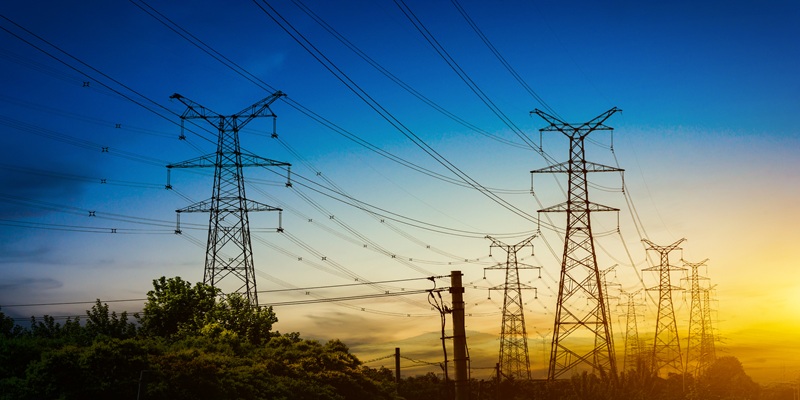Schedule a Call Back
How to use BIM to upgrade the world’s ports
 Articles
Articles- May 24,23
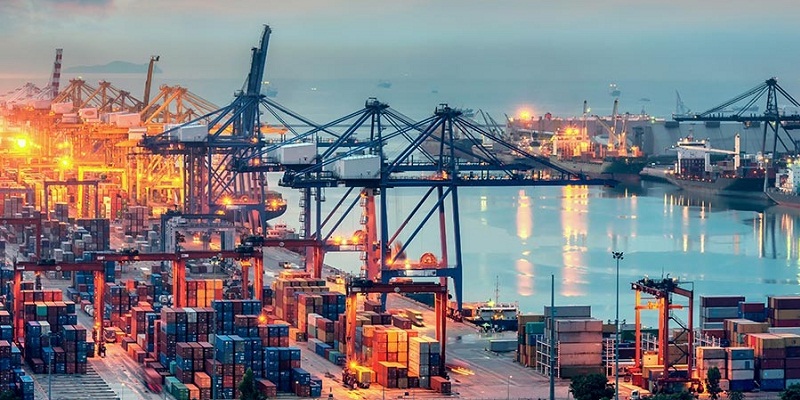
Related Stories

Global Electronics Association Unveils Double Materiality Toolkit for CSRD Compliance
The Global Electronics Association has launched a DMA Toolkit to help electronics companies meet CSRD reporting demands with structured, sector-specific guidance.
Read more
GE Aerospace boosts Pune unit with USD 14m upgrade
GE Aerospace is investing USD 14 million to expand and modernise its Pune facility, strengthening manufacturing capability and supporting advanced engine component production.
Read more
Salvagnini Achieves 4,000 Panel Bender in Global Operations
Salvagnini Maschinenbau marks a major milestone with its 4,000th panel bender, strengthening its long-standing leadership in automated panel bending technology for global sheet-metal manufacturers.
Read moreRelated Products
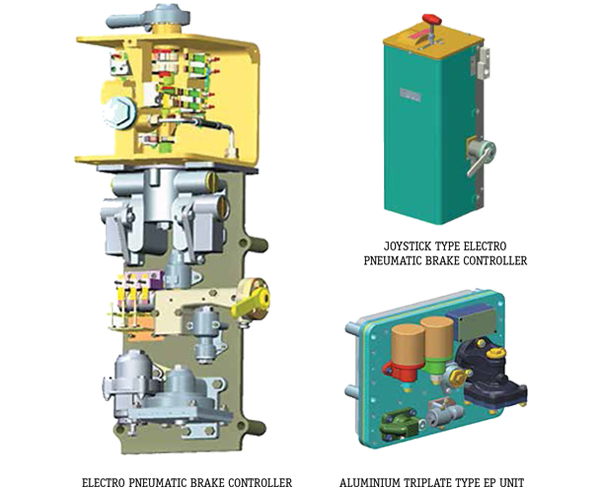
Electro - Pneumatic Brake System for Emu
Escorts Kubota Limited offers a wide range of electro - pneumatic brake system for EMU.
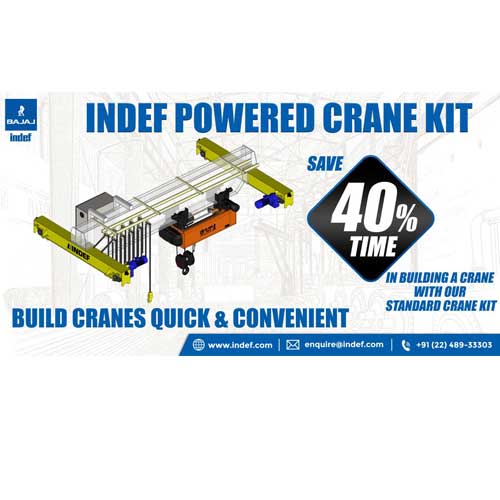
Indef Powered Crane Kit
Hercules Hoists Ltd offers a wide range of Indef powered crane kit.
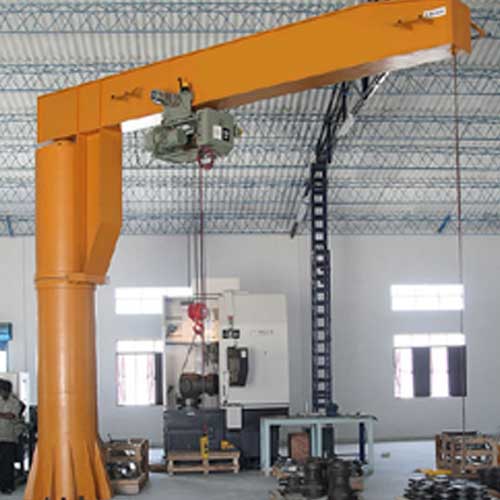
Jib Crane
DC Hoist & Instruments Pvt Ltd offers a wide range of Jib crane.







